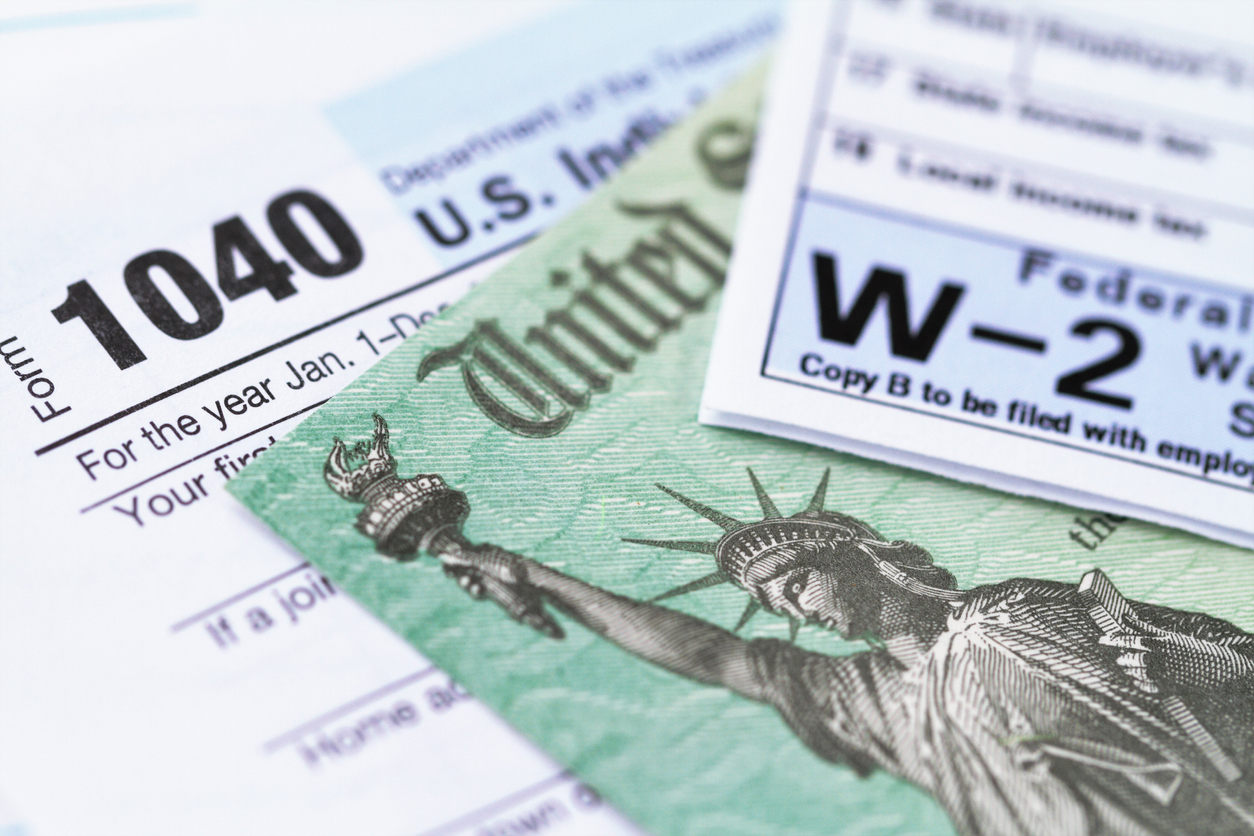If you search for information on state personal income taxes, you’ll likely find a list that focuses on the highest marginal rate in each state, with states like California, Hawaii and Oregon topping the list of high-tax states. But for retirees, focusing on tax brackets alone (especially the top tax bracket!) can be downright misleading. A range of tax policies related to age and income type can make even a supposedly “high tax” state like California into a low- or zero-tax state for many retirees. So, when it comes to evaluating states for their tax-friendliness to retirees, we need to look deeper.

“Zero-Tax” States
Seven states have zero personal income tax at the state level. Another two states tax only certain types of investment income (like interest and dividends) but not other income (like wages and pensions). Clearly, all else being equal, these states are the most tax-friendly to all taxpayers, retirees included.
- States with no personal income tax: Alaska, Florida, Nevada, South Dakota, Texas, Washington, Wyoming
- States where only certain investment income is taxed: New Hampshire, Tennessee
But, for retirees, the list of states that offer the chances of zero state income taxation (or at least taxation that is far below what you would pay in your working years) is much longer. Depending on the make-up of your retirement income picture, you might be looking at low or no state income tax in retirement even if you don’t live in the above nine tax havens.
For example, 29 states and the District of Columbia exclude all Social Security income from taxation. Three states on this list – Hawaii, Illinois, and Pennsylvania – also exclude pension and qualified retirement plan income. Fifteen states include some level of capped exclusions for pension and other retirement income, from a low of $4030 per spouse (Montana) to a high of $65,000 per spouse (Georgia). Twenty-four states also offer additional deductions, exemptions or credits to people age 65+, leading to even lower taxes for many retirees. 1
California as a Low-Tax State?
In order to explore what the state tax landscape looks like for retirees, we estimated the 2019 state personal income tax burden of the following two households in all 50 states and the District of Columbia. 2

Household A
For Household A, the results of this test may be surprising. For this family, in addition to the nine no-tax or investment-income-tax-only states, 14 states had an estimated $0 state tax bill. On this list are California, Hawaii and New York, three of the states commonly thought of as high-tax states.
Additional States with a $0 tax bill for Household A

In another eleven locations (AZ, CT, DC, IA, ID, ND, NE, NJ, OH, OK, VT), this family’s effective rate would have been below 1%. (And in Oklahoma they would have paid just $33, or 0.04% in taxes.)
The states where this family would have paid the highest tax were Utah (3.6% effective rate) and West Virginia (3.1% effective rate) – neither of which is commonly highlighted as a high-tax state.
Household B
Because of its higher total income and its investment income, the number of zero-state-tax states for Household B is smaller: we estimate zero state taxes in the seven zero-tax states and Georgia. But this family’s tax burden in many states is still lower than one might expect. Fifteen states had effective rates below 2%. On this list, we once again find California and New York.
States with a less-than-2% effective tax rate for Household B

Retiree-Friendly States
The tax burden in any given state will depend on a family’s total tax picture. But these two example households show that some states with high top marginal rates can actually be quite tax-friendly to retirees. Some states, like Georgia, Hawaii, Illinois and Pennsylvania, often masquerade as zero-tax states for some retirees. Typically, the more a household depends on Social Security and qualified retirement plans and pensions, the higher the likelihood that they will come close to paying no state income tax.
More Information
Decisions about where to live in retirement go far beyond financial considerations. But it is important to have the right facts when evaluating how tax-friendly your state of residence in retirement might be. To help us move beyond a simplistic and misleading focus on top marginal tax brackets and into the true possible state tax experiences of retirees, Income Lab has released a useful Guide to State Personal Income Tax for Retirees that provides commentary and information on all 50 states and the District of Columbia.
1. In some states, these capped retirement income exclusions and age-based deductions, exemption and credits may be subject to income-based phase-outs.
2. We assumed that Social Security and Pension/Qualified Plan Income was evenly divided between spouses.



